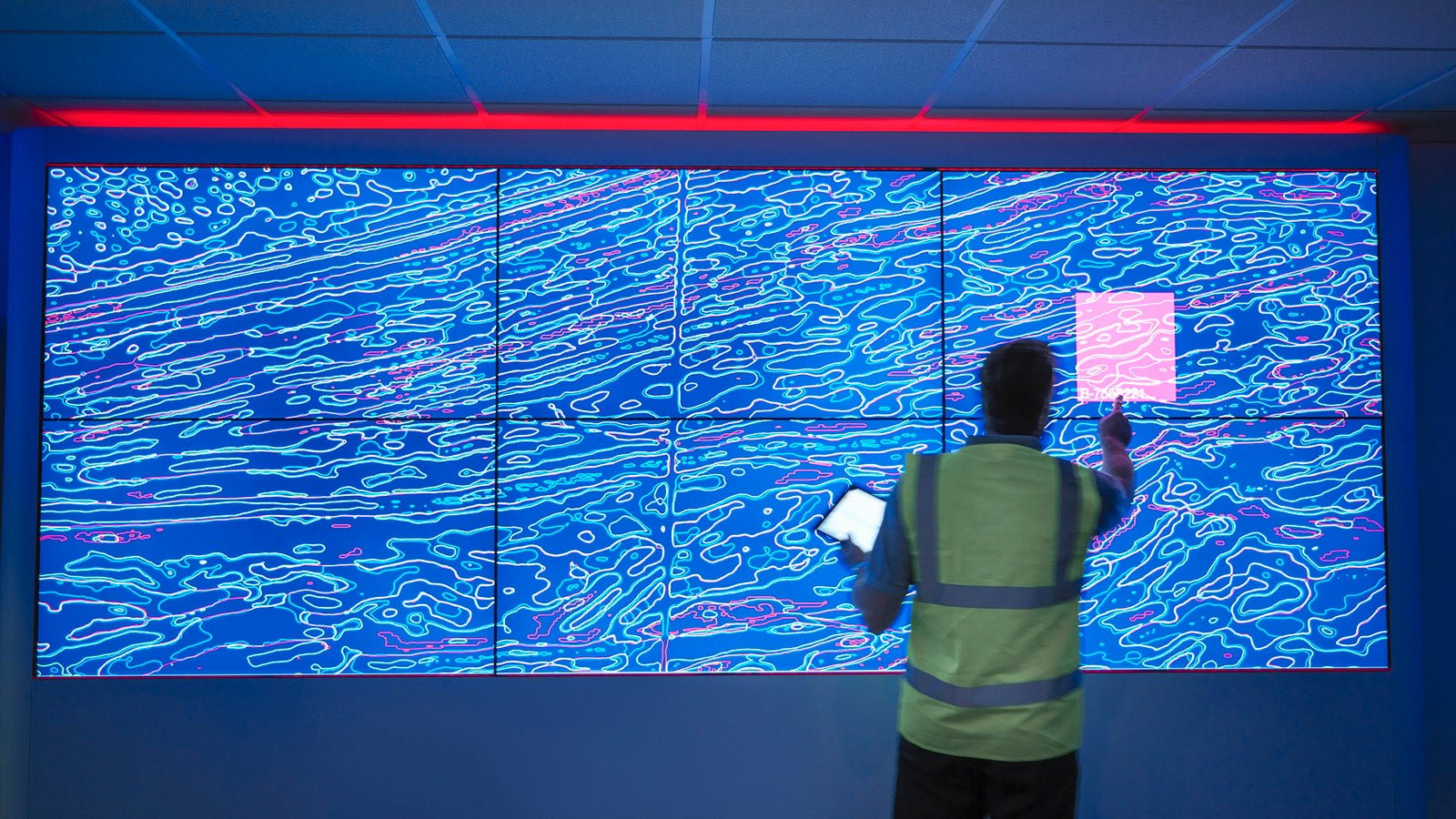The best CEOs will help humans help machines help humans
There’s no denying it: the era of the intelligent enterprise is upon us. As technologies like AI, cognitive computing, and predictive analytics become hot topics in the corporate boardroom, sleek startups and centuries-old companies alike are laying plans for how to put these exciting innovations to work.


There’s no denying it: the era of the intelligent enterprise is upon us. As technologies like AI, cognitive computing, and predictive analytics become hot topics in the corporate boardroom, sleek startups and centuries-old companies alike are laying plans for how to put these exciting innovations to work.
Many organizations, however, are in the nascent days of AI implementation. Of the three stages of adoption—education, prototyping, and application at scale—most executives are still taking a tentative approach to exploring AI’s true potential. They’re primarily using the tech to drive small-scale efficiencies.
But AI’s real opportunity lies in tapping completely new areas of value. AI can help established businesses expand their product offerings and infiltrate (or even invent) entirely new markets, as well as streamline internal processes. The rewards are ripe: According to Accenture projections, fully committing to AI could boost global profits by a whopping $4.8 trillion by 2022. For the average S&P 500 company, this would mean an additional $7.5 billion in revenue over the next four years.
Faster and more compelling innovations will be driven by the intersection of intelligent technology and human ingenuity—yes, the workforce will see sweeping changes. It’s already happening: Nearly all leaders report they’ve redesigned jobs to at least some degree to account for disruption. What’s more, while three-quarters of executives plan to use AI to automate tasks, virtually all intend to use it to augment the capabilities of their people.
Still, many execs report they’re not sure how to pull off what Accenture calls Applied Intelligence—the ability to implement intelligent technology and human ingenuity to drive growth.
Here are three steps the C-suite can take to elevate their organizations into companies that are fully committed to creating new value with AI/human partnerships.
1) Reimagine what it means to work
The most significant impact of AI won’t be on the number of jobs, but on job content. But skepticism about employees’ willingness to embrace AI is unfounded. Though nearly 25% of executives cite “resistance by the workforce” as one of the obstacles to integrating AI, 62% of workers—both low-skilled and high-skilled—are optimistic about the changes AI will bring. In line with that optimism, 67% of employees say it is important to develop the skills to work with intelligent technologies.
Yes, ambiguities about exactly how automation fits into the future workplace persist. Business leaders should look for specific skills and tasks to supplement instead of thinking about replacing generalized “jobs”. AI is less about replacing humans than it is about augmenting their roles.
While AI takes over certain repetitive or routine tasks, it opens doors for project-based work. For example, if AI steps into tasks like sorting email or analyzing inventory, it can free up employees to develop more in-depth customer service tactics, like targeted conversations with key clients. Interestingly, data suggests that greater investment in AI could actually increase employment by as much as 10% in the next three years alone.
2) Pivot the workforce to your company’s unique value proposition
Today, AI and human-machine collaboration is beginning to change how enterprises conduct business. But it has yet to transform what business they choose to pursue. Few companies are creating entirely new revenue streams or customer experiences. But, at least, 72% of execs agree that adopting intelligent technologies will be critical to their organization’s ability to differentiate in the market.
One of the challenges facing companies is how to make a business case for that pivot to new opportunities without disrupting today’s core business. A key part is turning savings generated by automation into the fuel for investing in the new business models and workforces that will ultimately take a company into new markets.
Take Accenture: the company puts 60% of the money it saves through AI investments into training programs. That’s resulted in the retraining of tens of thousands of people whose roles were automated. Those workers can now focus on more high-value projects, working with AI and other technologies to offer better services to clients.
3) Scaling new skilling: Don’t choose between hiring a human or a machine—hire both
Today, most people already interact with machines in the workplace—but humans still run the show. CEOs still value a number of decidedly human skills—resource management, leadership, communication skills, complex problem solving, and judgment—but in the future, human ingenuity will not suffice. Working in tandem, smarter machines and better skilled humans will likely drive swifter and more compelling innovations.
To scale up new skilling, employers may want to consider these three steps:
- Prioritize skills to be honed. While hard skills like data analytics, engineering, or coding are easy to define, innately “human” skills like ethical decision-making and complex problem-solving need to be considered carefully.
- Provide targeted training programs. Employees’ level of technical expertise, willingness to learn new technologies, and specific skill sets will determine how training programs should be developed across the organization.
- Use digital solutions for training. Taking advantage of cutting-edge technologies like virtual reality or augmented reality can teach workers how to interact with smart machinery via realistic simulations.
While it is natural for businesses to exploit AI to drive efficiencies in the short term, their long term growth depends on using AI far more creatively. It will take new forms of leadership and imagination to prepare the future workforce to truly partner with intelligent machines. If they succeed, it will be a case of humans helping AI help humans.
Learn more about how CEOs can prepare the future workforce in Accenture’s 2018 report Reworking the Revolution.
This article was produced on behalf of Accenture by Quartz Creative and not by the Quartz editorial staff.